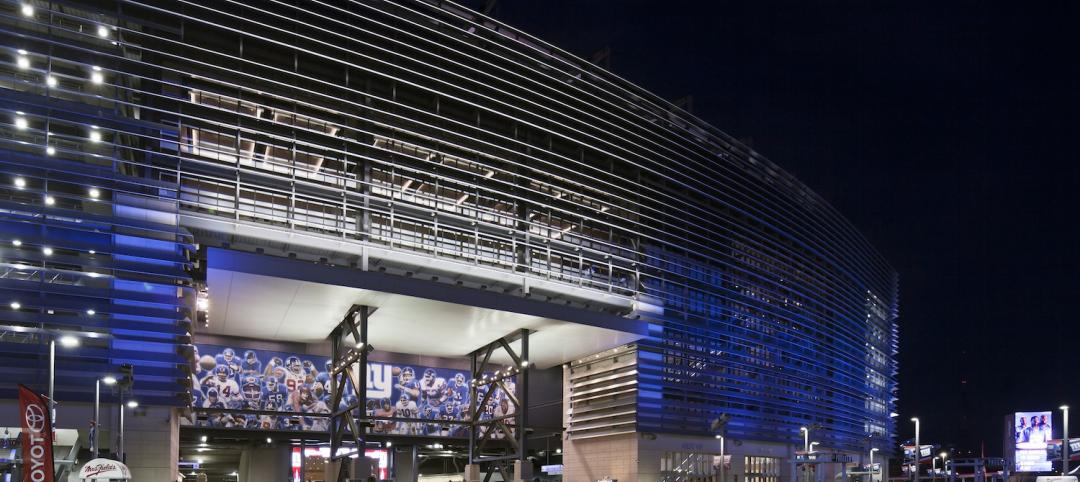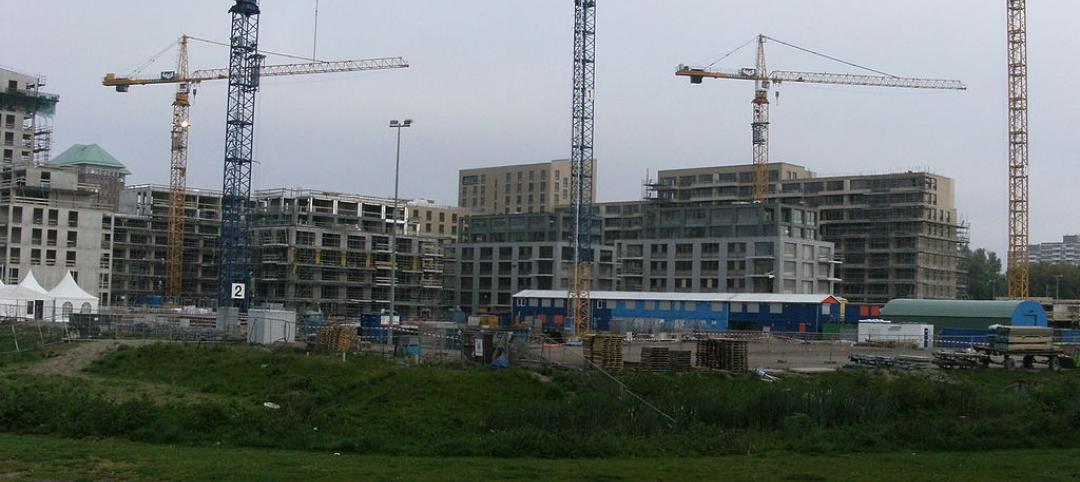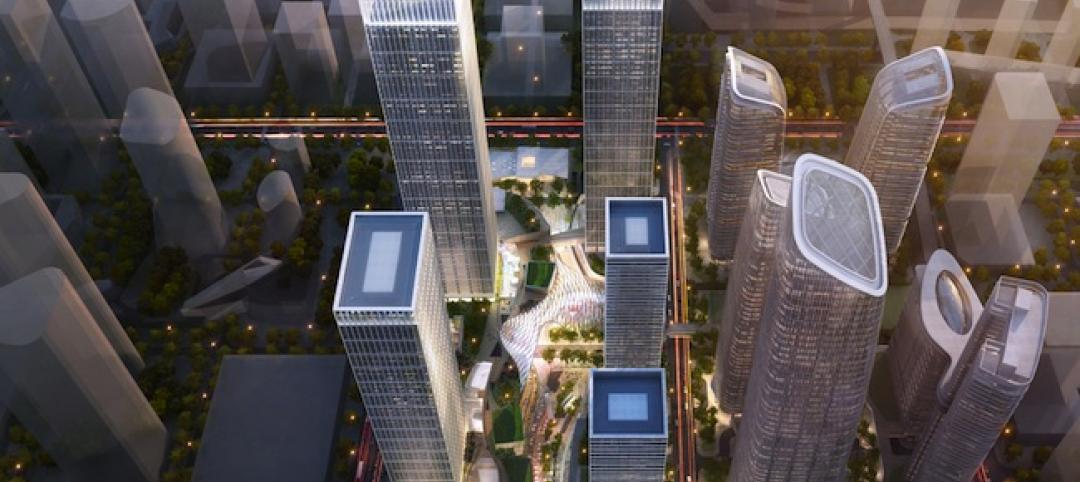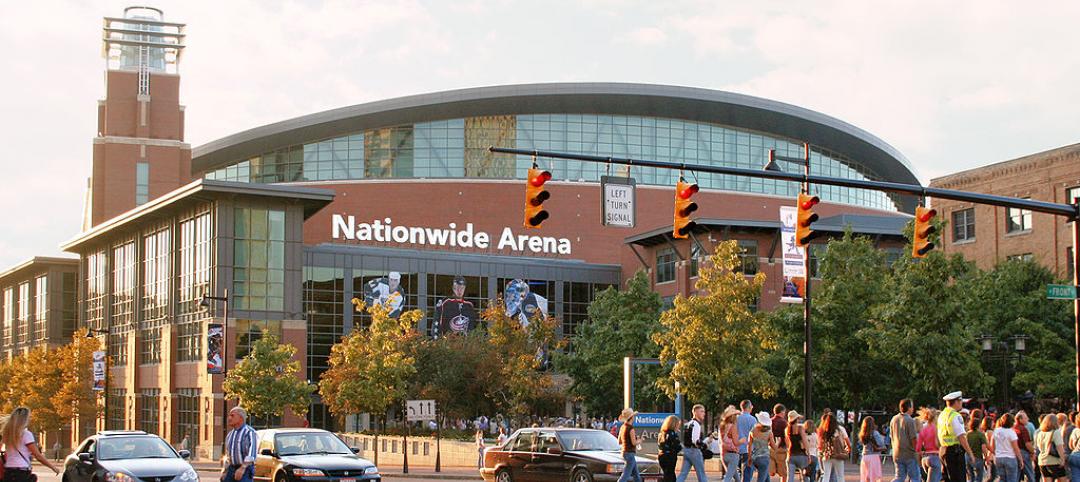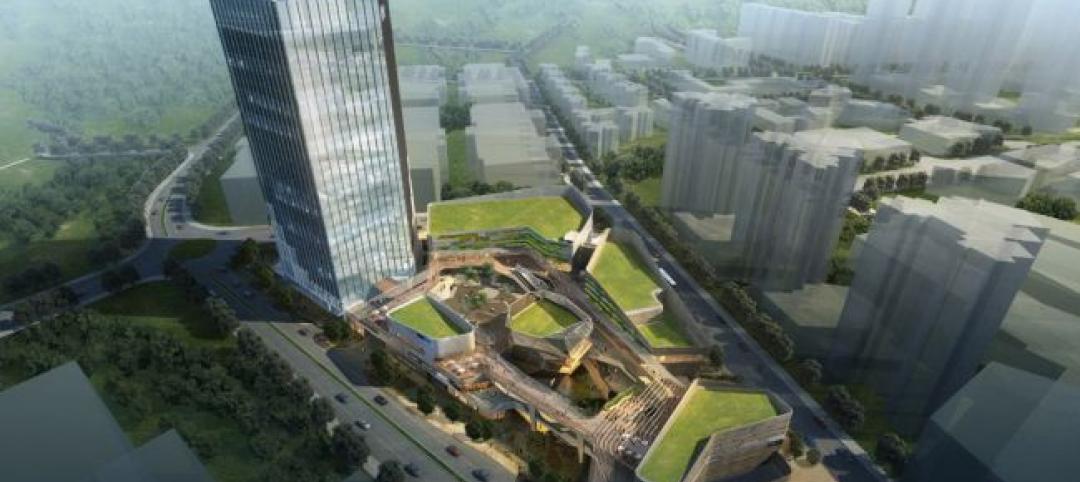The American Institute of Architects (AIA) released a comprehensive report, which concludes that the major obstacle holding back job creation in the U.S. is the persistent lack of construction financing, despite record low interest rates.
“This report should lay to rest any doubt about what is a key source for holding back job creation in the United States,’ said Kermit Baker, chief economist of the AIA. “It is the lack of financing especially to the design and construction sector, which accounts for $1 in $9 of U.S. Gross Domestic Product.”
The report found:
- The share of projects stalled due to financing problems through August 2011 has almost doubled since 2008
- One-in-five stalled projects are directly resulting from financing problems
- Financing problems account for a higher share of stalled projects in the education and multi-family sector
- More than 25% of projects reported as stalled due to the credit crunch could qualify for LEED, Green Globes, or other green certification status
- Financing issues are less of a factor holding back projects in the manufacturing, private healthcare, and retail environments
“Whatever, the reason – be it over-regulation, the threat of a double-dip recession or the reluctance to have too many loans on the books, lenders are just not lending to a major job-producing sector of the American economy,” Baker noted. “Until more credit is extended, the potential of non-residential construction to promote greater levels of economic growth will not be realized.” BD+C
Related Stories
| Aug 20, 2014
WELL Building: The next step in green sports construction
The WELL Building Standard, a new protocol that focuses on human wellness within the built environment, is a particularly good fit for sports facilities, write Skanska's Tom Tingle and Beth Heider.
| Aug 20, 2014
Seattle's King Street Station thoughtfully restored [2014 Reconstruction Awards]
After years of neglect and botched renovations, King Street Station sparkles once again.
| Aug 20, 2014
Tour an office with no assigned workstations [slideshow]
The New York office of the Gerson Lehrman Group recently redesigned its office without personal desks or cubicles. The company gave each of its 250 employees a locker, a laptop, and told to work anywhere they wanted, according to Business Insider.
| Aug 20, 2014
Architecture Billings Index reaches highest mark since 2007
The American Institute of Architects reported the July ABI score was 55.8, up noticeably from a mark of 53.5 in June.
| Aug 19, 2014
Goettsch Partners unveils design for mega mixed-use development in Shenzhen [slideshow]
The overall design concept is of a complex of textured buildings that would differentiate from the surrounding blue-glass buildings of Shenzhen.
| Aug 19, 2014
HOK to acquire 360 Architecture
Expected to be finalized by the end of October, the acquisition of 360 Architecture will provide immediate benefits to both firms’ clients worldwide as HOK re-enters the sports and entertainment market.
| Aug 19, 2014
A designer's epiphany: 'Let's stop talking and make something'
Making things is important because it reveals gaps in thought, sheds light on the fundamental assumptions that can kill ideas, and forces us to push toward solutions that actually work, writes HDR's David Grandy.
| Aug 19, 2014
Construction boom lures new class of lenders in Nashville, says JLL
In the coming months, a gleaming S-shaped tower will join Nashville's burgeoning skyline. The new tower is just one example of a project financed not with conventional construction loans but with a unique blend of equity and debt.
| Aug 18, 2014
Perkins+Will expands planning practice with strategic focus on underserved U.S. communities
The broadened focus is resulting in comprehensive, long-term plans that will guide new growth in places like Buffalo, N.Y., Kingston, R.I., and Brooklyn, N.Y.
| Aug 18, 2014
SPARK’s newly unveiled mixed-use development references China's flowing hillscape
Architecture firm SPARK recently finished a design for a new development in Shenzhen. The 770,700 square-foot mixed-use structure's design mimics the hilly landscape of the site's locale.



